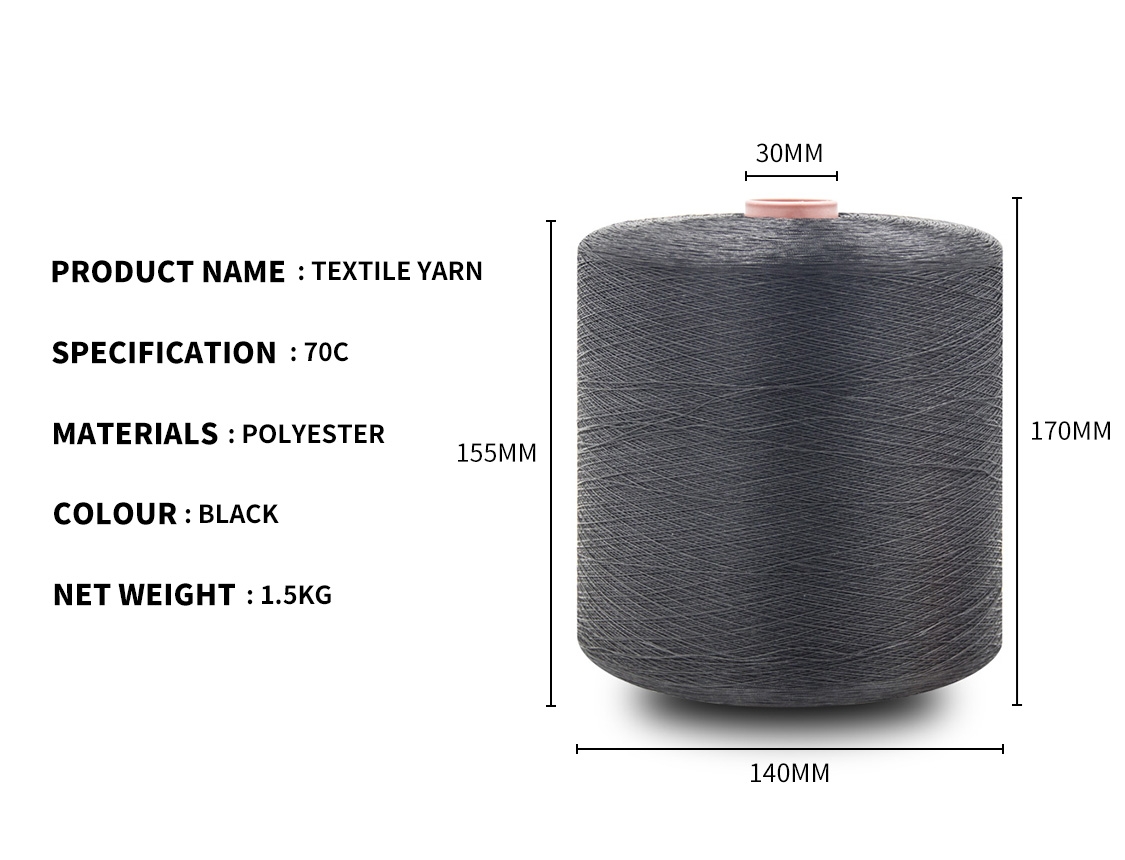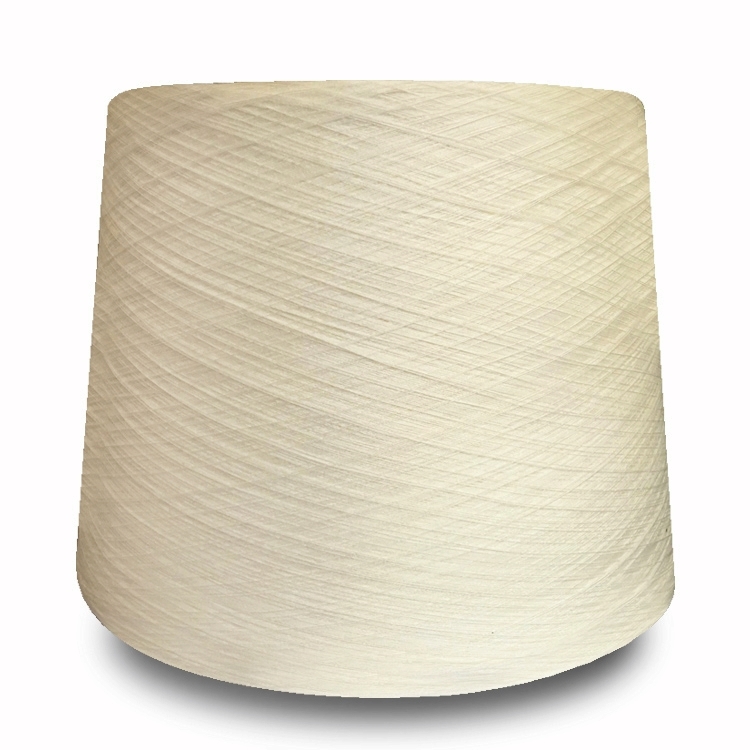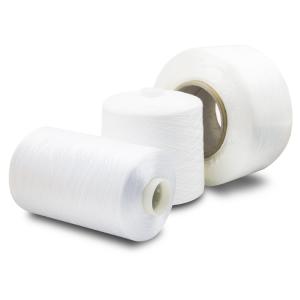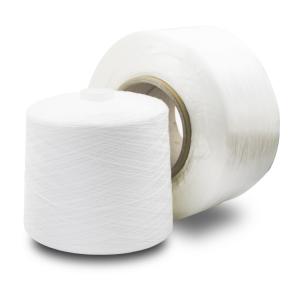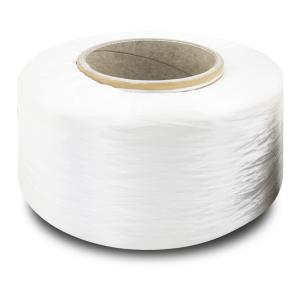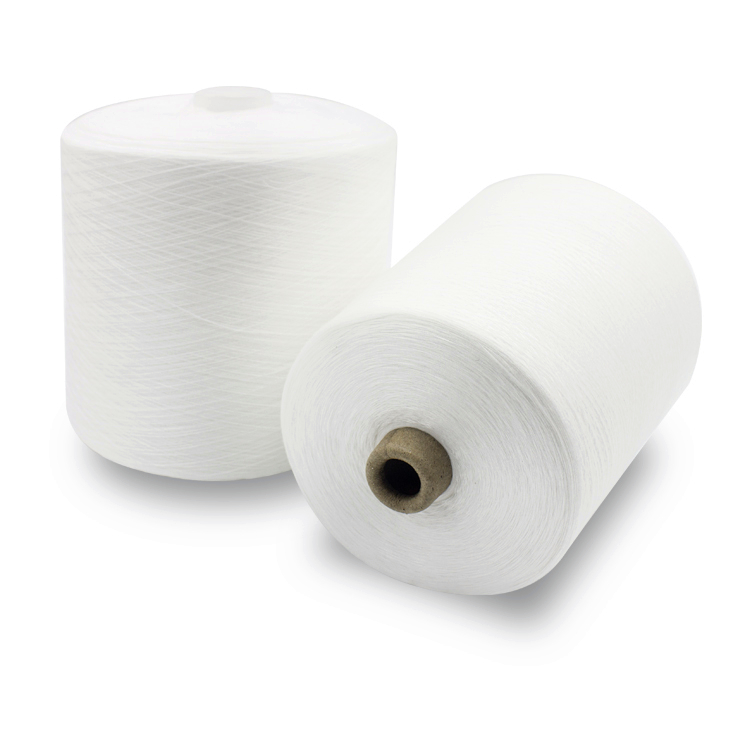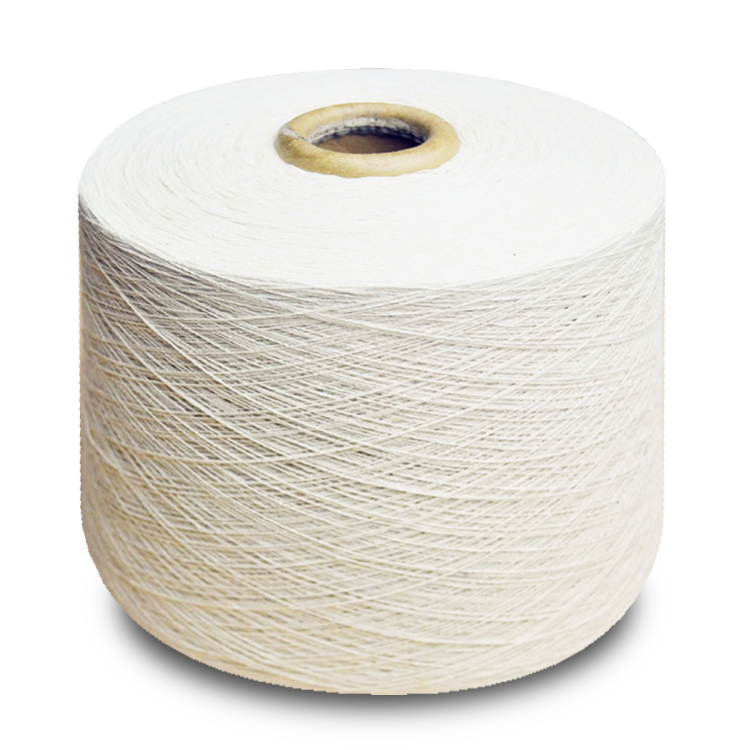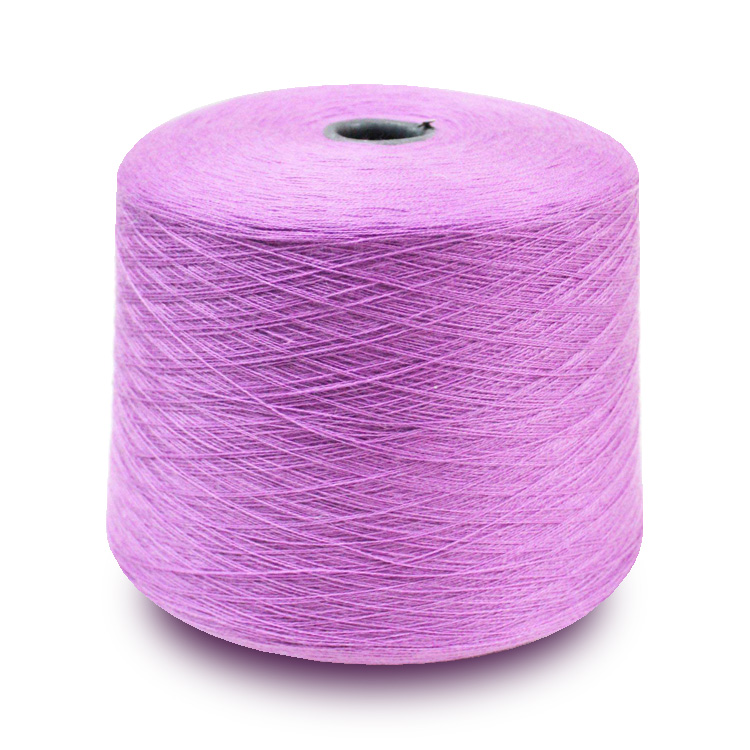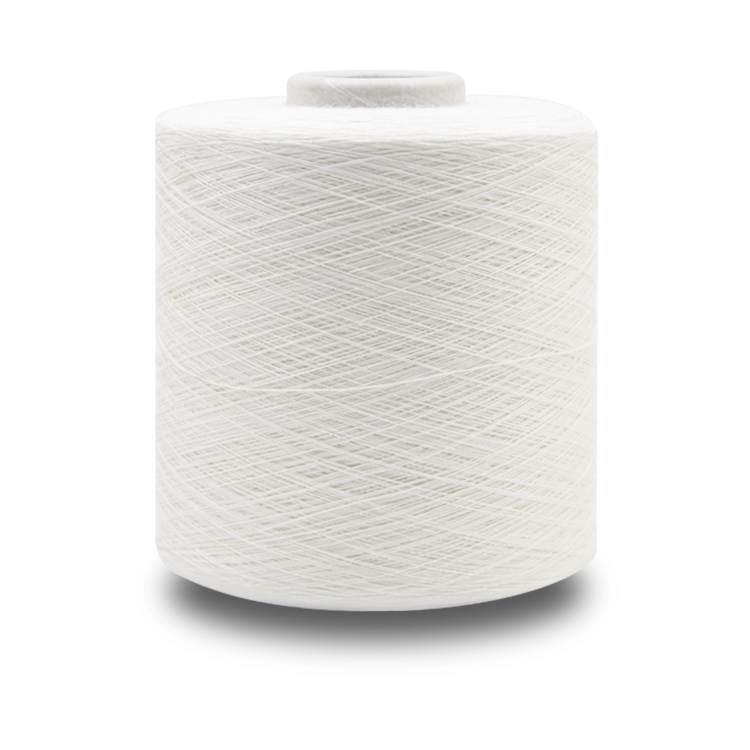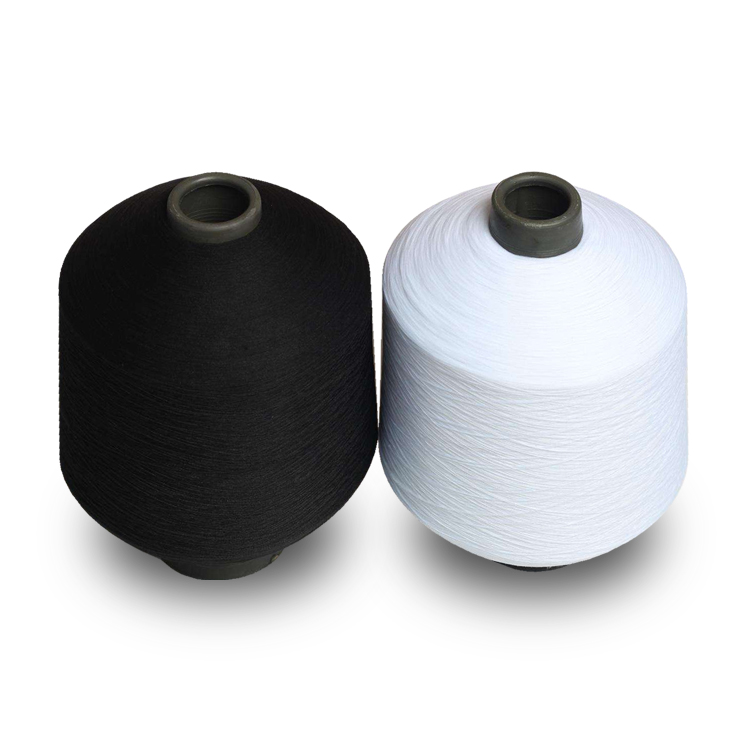Share to:
Related Products
China cheap price spun weaving polyester-cotton blend yarn
LQ-0402
Price: From $0.66
Delivery time: 9-20 days after payment
MOQ: 500 KG
Material:polyester-cotton blend
Pattern:Raw
Style:Melange yarn
Technics:Ring spun
Yarn Type:spun
Feature:Eco-friendly, high tenacity, anti-pilling, moisture-absorbent
Use:Weaving
Twist:500
Yarn count:10S-45S
Strength:400
Place of origin:Guangzhou
Color:By customer
In short, "textile yarn count" refers to the degree of yarn fineness, which is still commonly used in China in the "British system": a pound (454 grams) of cotton yarn (or other component yarn) with a length of 840 yards (0.9144 yards/m), the yarn fineness is one. If a pound of yarn is 10 x 840 yards long, its fineness is 10, and so on.Representation method of yarn count.The British symbol is the English letter "S".The expression of single yarn is: 32 single yarns - 32S.Thirty-two strands (twisted together) are 32S/2 and 42 strands and three strands are 42S/3.
Yarns of textile fabrics:To understand clothing fabrics, we must first understand what is yarn and what is yarn, because any textile fabrics are made up of yarn.The so-called yarn: not only is the textile fibers arranged in parallel, and twisted products. The product of twisting two or more yarns is called yarn or strand.
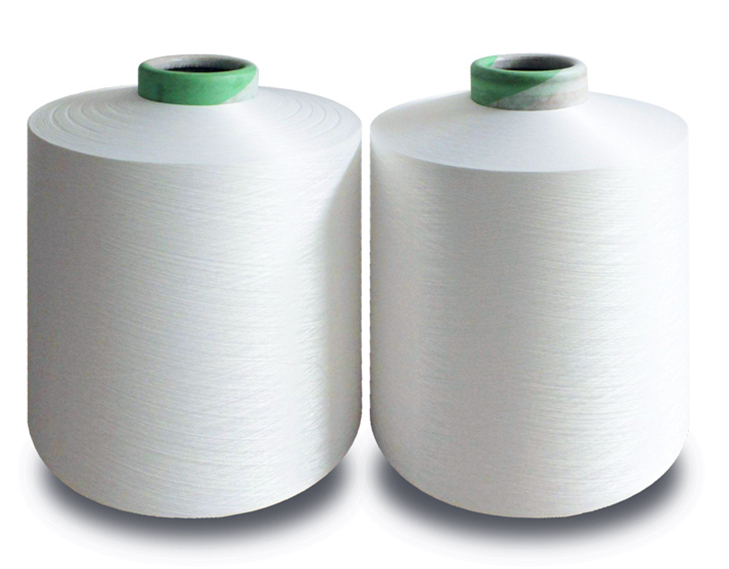
Textile yarn classification
There are many classifications of yarns. Here we only introduce the general classifications of yarns.
A) According to spinning process, it can be divided into combed yarn, carding yarn and semi-combed yarn.
B) According to yarn dyeing and finishing and post-processing classification can be divided into: this white yarn, bleached yarn, dyed yarn, glossy yarn, mercerized yarn and so on.
C) Classified by yarn thickness (yarn count), such as roving, medium count, spinning and high count yarns.
The fineness, thickness, weight and grade of textile fabrics, in which the yarn fineness is one of the decisive factors.
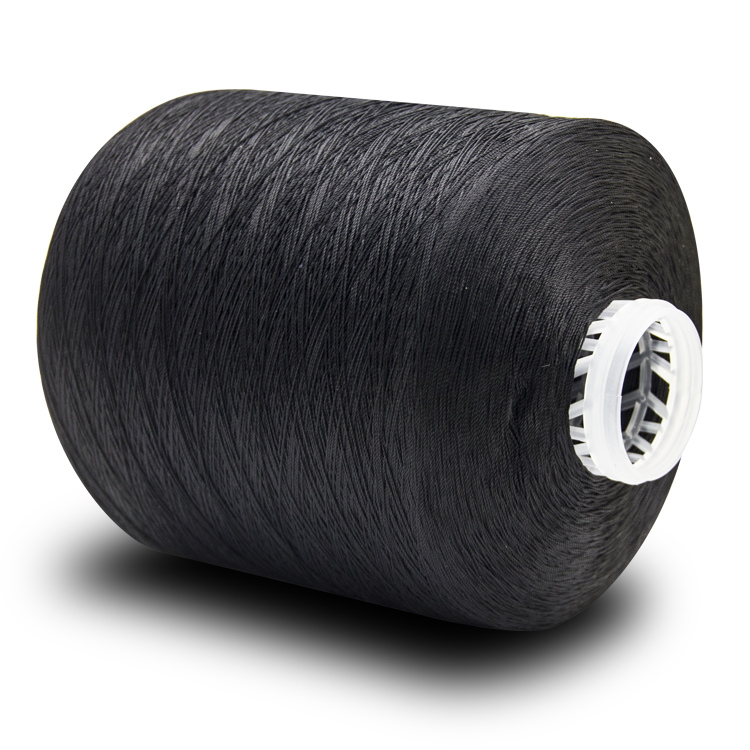
Fabric textile yarn organization
All kinds of shuttle fabrics are interwoven by warp and weft yarns according to certain rules, which is called weave.Warp - yarn arranged vertically (parallel to the selvage).Weft - yarn arranged horizontally (perpendicular to the edge of the cloth).
The number of warp and weft yarns can be expressed by warp weft yarn. For example, 20 warp yarns and 16 weft yarns of a fabric can be expressed as 20S * 16S.Fabric density: Fabric density refers to the number of warp or weft yarns per unit length of fabric.Density is divided into warp density and weft density, referred to as warp density and weft density. In China, the measurement method is generally expressed by the number of yarns in the length of 1 inch (2.54 cm).For example, the warp density of the fabric is 128 units per inch and the weft density is 60 units per inch. In writing, we use warp density * weft density to express, that is128 * 60.
The linear density of fibers and the linear density of length fibers refer to the degree of fineness of fibers. Fiber length refers to the length of the fibers.Textile fibers must have a certain linear density and length in order to make the fibers embrace each other, and depend on the friction between the fibers to spin yarns. Therefore, textile fibers have a certain linear density and length, which is one of the necessary conditions for textile processing and making products of use value.
The linear density of textile fibers is closely related to the properties of yarns and fabrics produced by textile processing. Generally speaking, the lower linear density and better uniformity of fibers are beneficial to textile processing and product quality. Among the influences of linear density of fibers on the wearability of fabrics, the fabrics made of finer fibers are softer and softer in luster. Thinner fabrics can be made from finer fibers, as well as clothing fabrics with good air permeability and silk-like effect. But fine fibers make fabrics easy to fuzz and pill, while coarse fibers can be used to make stiff, rough and thick fabrics.
Similarly, the length of textile fibers yarn is closely related to the quality of textiles and products. Long fiber length, good length regularity and less short fiber content are beneficial to textile processing and product quality. Under the same conditions, if the fibers are longer, the yarn strength is high, the yarn evenness is uniform, the yarn surface is smooth, the fabrics made have good fastness, smooth appearance, and are not easy to fuzz and pill. In addition, on the premise of ensuring a certain yarn quality, the longer the fiber, the finer the yarn can be spun, which can be used to make lighter fabrics. For short length, length is more important than linear density. For example, length is the most important index in cotton grade and price.
In textile fibers, the linear density and length of natural fibers are not uniform, sometimes the difference is large. It varies with the variety and growth conditions of fibers. Chemical fibers are manufactured artificially. The linear density and length of fibers can be controlled and determined artificially in a certain range according to the requirements of fiber processing and use.
Expanded yarn is first spun from two fibers with different shrinkage, and then treated with steam or hot air or boiling water. At this time, the fibers with high shrinkage shrinkage produce larger shrinkage, which is located in the center of the yarn, while the blended fibers with low shrinkage are extruded on the surface of the yarn due to small shrinkage. In this way, the bulky yarn with fluffy, plump and elastic shape can be obtained.
Core-spun yarn is generally made of synthetic filament with good strength and elasticity as core yarn and cotton, wool, viscose and other staple fibers twisted together. Core-spun yarn has both excellent properties of filament core yarn and outer staple fiber. The common core-spun yarn is polyester-cotton core-spun yarn, which takes polyester filament as core yarn and cotton fiber as outer covering. There is also spandex core-spun yarn, which is made of spandex filament as core yarn and other fibers outsourced. Knitted fabrics or jeans made of this core-spun yarn can be easily retracted and fitted comfortably when worn.
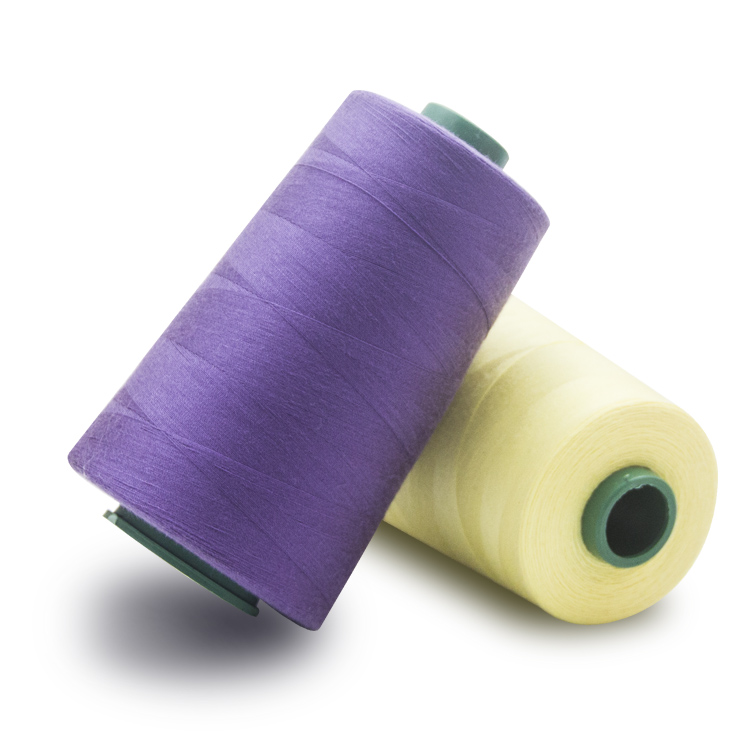
Linear Density of fibers yarns
Linear density is one of the most important physical and geometric characteristics of fibers. It not only affects textile processing and product quality, but also has a close relationship with the wearability of fabrics. Similarly, linear density is also the most important index of yarn. Yarn density affects the physical and mechanical properties, handle and style of textiles. It is also an important basis for fabric design.
The yarn density of fibers and yarns can be expressed in many ways. Generally, indirect indexes proportional to the cross-sectional area of yarns are used to express the yarn density. Commonly used indicators are Turks (number), metric support, British support, denier and so on. Generally speaking, the yarn density of fibers and yarns can be divided into two categories: fixed length and retail.
Fixed length system refers to the weight of a certain length of fibers yarns. The larger the value, the thicker the fibers or yarns are. At present, tex, dtex, MTeX and D are commonly used. The legal unit of measurement in our country is the special number system.Tekes is short for "Te". It refers to the weight grams of 1000 meters long fibers yarns at a given moisture regain. Tex is commonly known as the number of cotton yarns.
In addition, the yarn density can be expressed by diameter. Yarn diameter is an important basis for fabric design and manufacturing process parameters. It can be measured under a microscope. But in actual production, yarn diameter is converted from the count or count of yarn and yarn density.
In the linear density representation of ply yarn, the special number system is expressed by multiplying the single yarn count of the ply yarn by the number of plys, such as 14 *2. When the specific number of single yarn in ply yarn is different, it is expressed by adding the specific number of single yarn, such as 16 + 18. The count system is expressed by dividing the count of the single yarn that makes up the strand by the number of strands, such as 50/2. If the number of single yarns is different, the number of single yarns should be juxtaposed and slanted, such as 24/48.
The filament linear density of chemical fibers is expressed by the number of monofilaments and the total Tex number. For example: 16.5 tex/30 f, densities of multifilament buses are 16.5 tex and single filament roots are 30. The filament linear density of chemical fibers or silk is the sum of the filament linear density of the composite filament.
Chemical resistance of fibers refers to the resistance of fibers to the destruction of various chemicals.
Among all kinds of textile fibers yarns, cellulose fibers have strong alkali resistance, but weak acid resistance. The chemical resistance of protein fibers is different from that of cellulose fibers. It has stronger resistance to acid than to alkali. Protein fibers are operated in different degrees in strong or weak alkali, and even lead to decomposition. The chemical resistance of synthetic fibers yarns is stronger than that of natural fibers, such as polypropylene and polyvinyl chloride fibers, which have excellent acid and alkali resistance.